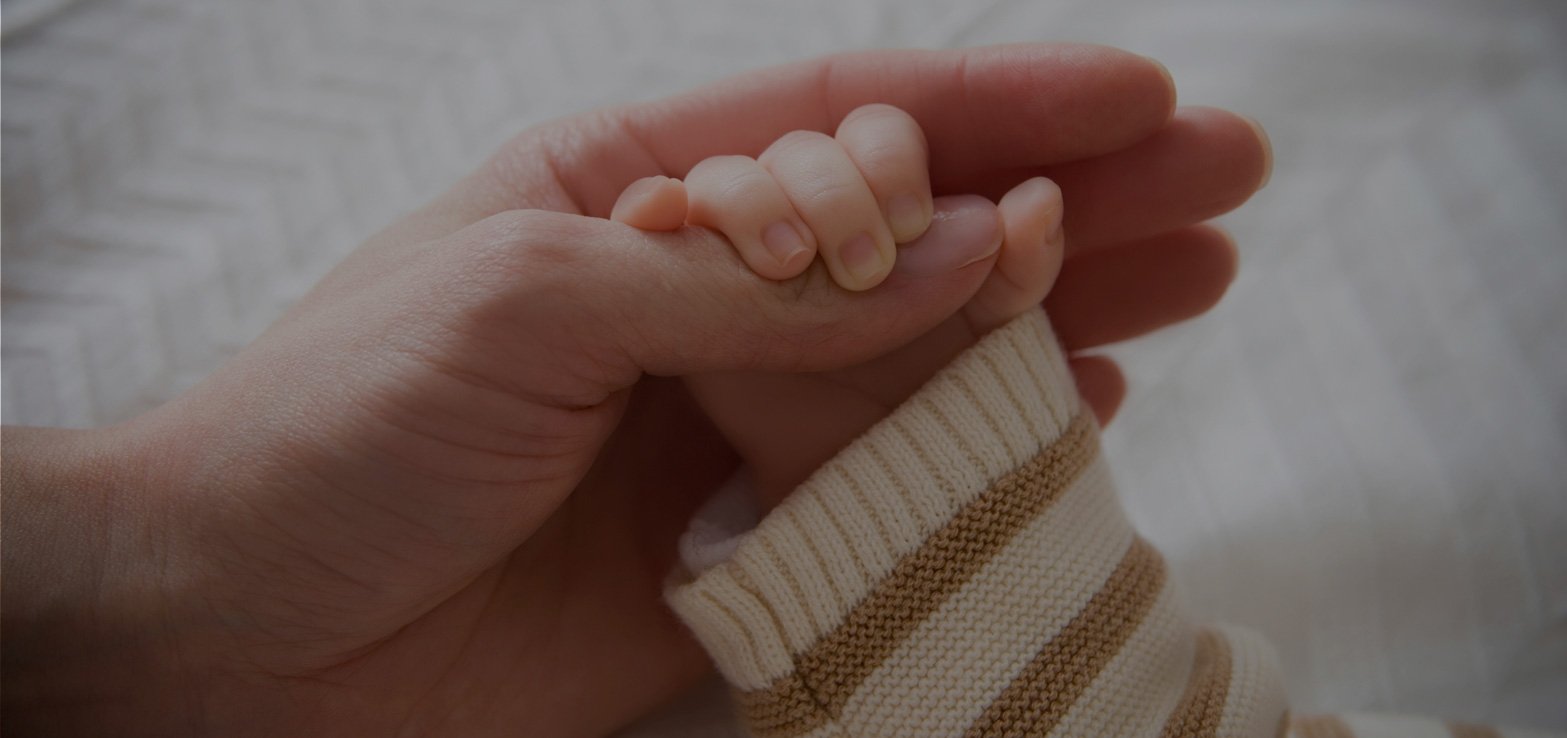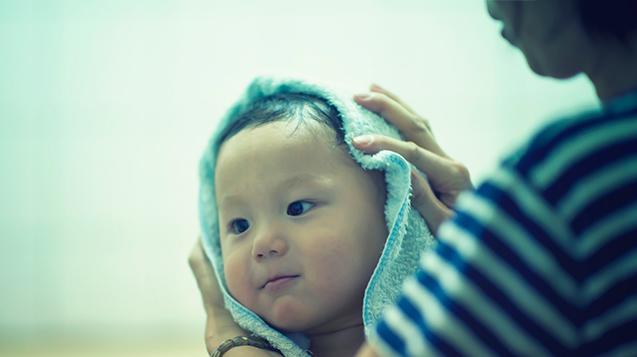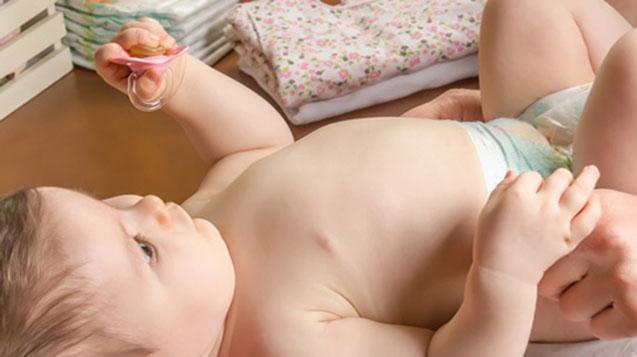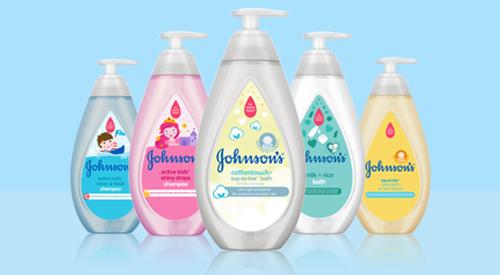Multisensory Stimulation

The environment in which a child grows up has a profound impact on sculpting the brain.2 A baby’s brain creates up to 1.8 million new synaptic connections per second and a baby’s experiences will determine which synapses will be preserved.3
Multisensorial stimulation—what a baby feels, sees, hears, and smells— will help to promote the long-term survival of synaptic connections during brain development.3 Babies need stimulation and care in order to grow and develop.2 Sensory stimulation is particularly essential early in development; within the first 3 years of life, there is rapid development of most of the brain’s neural pathways supporting communication, social development, understanding, and emotional well-being.2
Multisensorial stimulation has been shown to enhance brain development2,3,4 and thus aids in overall healthy baby development. Stimulating multiple senses sends signals to the brain that strengthen the neural processes for learning.2 Through consistent multisensorial experiences, research also shows that babies gain healthy developmental benefits, such as reduced stress in healthy and preterm infants5,6 as well as faster progression to nipple feeding, which led to earlier hospital discharge in preterm infants.7
An increasing number of studies demonstrate a broad range of benefits for multisensorial stimulation. A multisensorial auditory, tactile, visual, and vestibular stimulation study showed that sensory enrichment intervention increased the alertness of preterm infants (n=37), increased nipple feeding and reduced the length of hospitalization by 1.6 weeks.7 This study included preterm infants (n=12) born between 23 and 26 weeks’ gestation with normal head ultrasounds and (n=25) infants born between 23 and 31 weeks’ gestation with central nervous system injuries. The preterm infants in the stimulation group received multisensorial auditory, tactile, visual, and vestibular stimulation for 15 minutes, twice a day, for 5 days per week until discharged and were compared to infants who received standard preterm care.
Multisensorial stimulation increased the alertness of preterm infants, increased nipple feeding and reduced the length of hospitalization by 1.6 weeks. 7
Multisensorial auditory, tactile, visual, and vestibular stimulation consisted of directly talking to the infant in a warm, soothing voice (auditory stimulation) while providing skin-to-skin contact through massage (tactile stimulation), and making as much direct eye contact as possible (visual stimulation) followed by horizontal rocking (vestibular stimulation).7
Multisensorial auditory, tactile, visual, and vestibular stimulation has also been studied in healthy infants to reduce stress levels.6 Stress directly affects brain development starting during gestation8 and continues to have an effect as the brain develops during the critical first three years of life.2
Decreased stress (cortisol) levels were shown in babies (n=40) who received multisensorial auditory, tactile, visual, and vestibular stimulation versus those that were not exposed to multisensorial stimulation. Babies in the stimulation group received 15 minutes of multisensorial stimulation. Saliva samples were collected before, immediately following, and 10 minutes after the multisensorial stimulation. Babies who received multisensorial stimulation showed a significant steady decline in cortisol levels over time.6
Multisensorial stimulation including talking to the baby in a warm, soothing voice (auditory stimulation), providing skin-to-skin contact through massage (tactile stimulation), and establishing as much direct eye contact as possible (visual stimulation) can aid in lowering stress, as measured by cortisol levels, in babies, allowing them to learn, think, and grow.
Moms around the world trust JOHNSON’S® to care for their babies
We are committed to working with moms, healthcare experts and scientists to ensure our products continue achieving the highest standards in safety, quality and care.

JOHNSON’S® 3-Step Routine
Our unique 3-step routine is the first and only nighttime routine clinically proven to help children aged 7 to 36 months sleep better in just 1 week.

Diaper Rash Guide
Identify, prevent and treat diaper rash with this helpful guide.

Save on your favorite JOHNSON’S® Baby Products
Explore all of JOHNSON’S® baby products or use our product filters to narrow your search, helping you find just what you’re looking for—fast.
Related Articles

Everyday Rituals
Everyday rituals such as bath time are ideal opportunities for incorporating multisensorial stimulation.

Bath Time Ritual
A bath time ritual can promote social, emotional, cognitive, and physical development of babies.

Encouraging Parents
Encouraging parents to view bath time and massage as opportunities for multisensorial stimulation can contribute to overall healthy baby development.